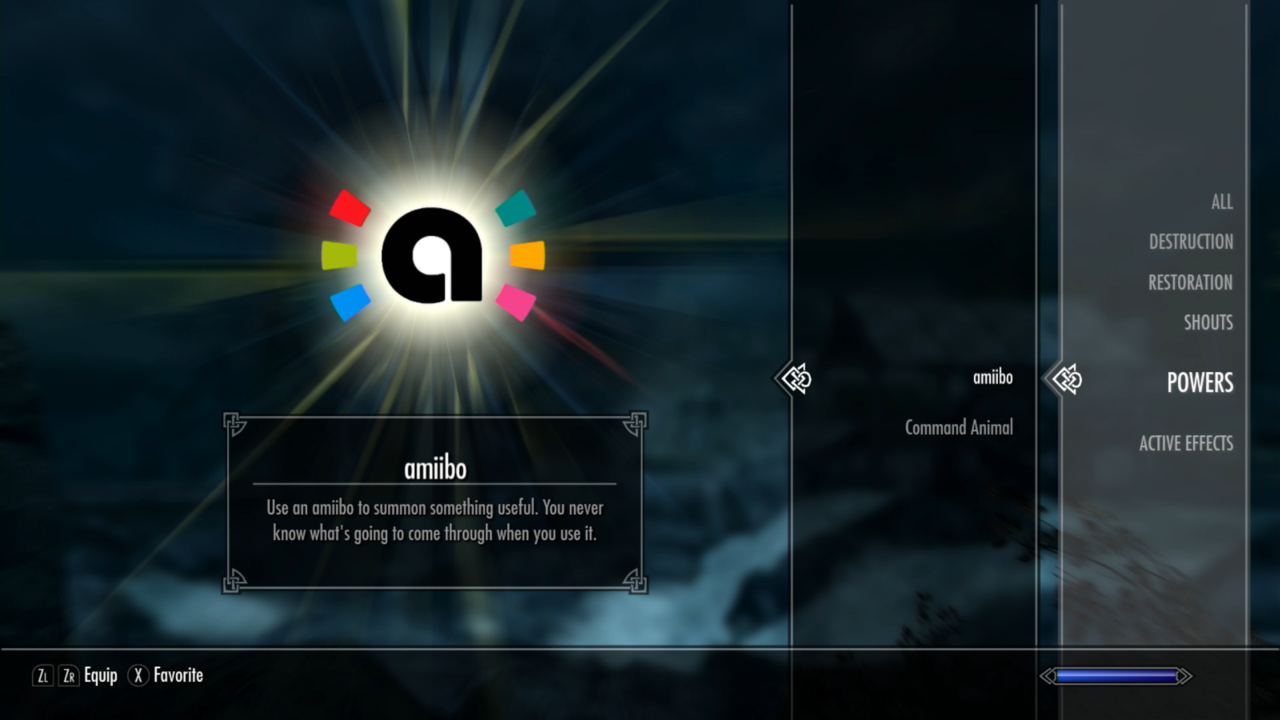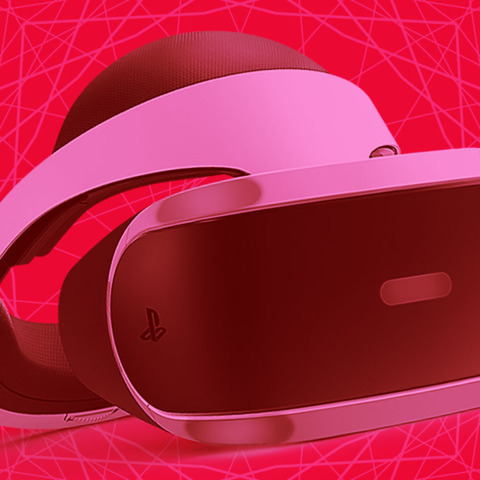2017 has been a turning point for Nintendo. The company launched its hybrid console, the Nintendo Switch, to great success and released widely acclaimed entries into two of its most iconic franchises. But it also didn't abandon the aging 3DS completely, coming out with a few standout games and the new 2DS XL hardware. This year wasn't all good, of course--the lack of Switch voice chat comes to mind--but 2017 was a crucial comeback for the Big N.
So, as the year comes to a close, let's look back at the year that was for both the Switch and the 3DS.
A Strong Launch Lineup And Steady Releases Bolster A New Console
After a year of declining Wii U sales, Nintendo launched the Switch on March 3 with The Legend of Zelda: Breath of the Wild as the standout launch game. It was the strong start Nintendo needed for its new console; with nearly universal praise, Breath of the Wild helped mount demand for the Switch, and it was the best-selling system above the PS4 and Xbox One for four of the first six months it was available.
Breath of the Wild was the main focus of Switch owners for quite a while, but there were a number of good games available at launch, including I am Setsuna, Snipperclips, and Shovel Knight: Specter of Torment. A base of ports, indies, and smaller first-party games made way for more of Nintendo's heavy hitters over the next few months--notably Mario Kart 8 Deluxe (which is now the fastest-selling Mario Kart of all time) in April, Arms in June, and Splatoon 2 in July. By the end of June, Nintendo's sales had sharply increased over its 2016 earnings.
Nintendo continued to roll out big franchises as the year went on, and its E3 showings capitalized on goodwill earned by the Switch's early success. Even the most minor of teases were enough to get people excited; a logo for Metroid Prime 4 and the mere mention of a future Pokemon game on Switch were big highlights despite being scant on information (and joined the previously announced mainline Fire Emblem on the list of hyped games we know little about). New Yoshi and Kirby games were also announced, and most of the fan-favorite boxes were checked.
Super Mario Odyssey arrived at the end of October, blending nostalgia for the best parts of previous Mario games with the fine-tuning of the franchise's mechanics. If Breath of the Wild pushes the limits of what Zelda games can be, Odyssey captures everything fans love about Mario, and together they're pillars of an already great and growing library.
Third-Party Support (And Ports) Right The Wrongs Of The Wii U Era
While several great first-party games helped the Switch, Nintendo needs strong third-party support to secure the Switch's future--something it failed to do for the Wii U. Smaller indie games peppered the Switch library from the beginning, and AAA investment came in full force later in the year.
To start off, Mario + Rabbids: Kingdom Battle is both a superb game and an important test case for Nintendo loosening the reins on its flagship franchise. It was announced during Ubisoft's E3 presentation, not Nintendo's, and Miyamoto appeared as a guest for the announcement. Having Ubisoft at the helm of the game was a surprising move that indicated, above all else, that Nintendo has once again become open to working outside its closely guarded bubble.

More surprising was the lineup of Switch ports. In a 2013 interview, Bethesda's Pete Hines said Nintendo did not reach out to third-party developers soon enough, which made supporting the Wii U difficult, and the company did not release games on the system. But this November, ports of Doom 2016 and The Elder Scrolls V: Skyrim came to Switch, and this year's Wolfenstein 2: The New Colossus is slated for 2018. While Doom has performance issues on the console, Skyrim runs beautifully, so it remains to be seen how well future ports will be optimized.
November also saw ports of L.A. Noire and Rocket League, the latter of which is one of many indies--ports and new releases--to make their way to the Switch. Axiom Verge and Stardew Valley were ported in October; Stardew Valley is a prime example of the Switch's portability suiting a game especially well and is arguably the best version of the game. New release Golf Story is a great game and Switch exclusive. Indie games make up a large portion of the Switch library currently, and in addition to PC, it seems like Switch could become a primary destination for indie releases.
Huge Improvements, But Past Issues Remain
On the hardware side, the Switch is less powerful than its contemporaries, but that's offset by its portability--and therefore the portability of console-grade games. Unlike the Wii U GamePad, which was almost always underutilized and barely portable, the Switch's portability doesn't feel like a novelty or a gimmick but a luxury console games have been missing for some time. And although the Switch isn't as technically capable as the PS4 or Xbox One, it's a feat that games as vast as Breath of the Wild and Skyrim look and play as smoothly as they do both docked and in handheld mode.
Nintendo's now-standard motion controls have seen an improvement on the Switch, both in quality and implementation. Their use is no longer dependent on the placement of a sensor bar, and the performance of motion controls is largely consistent across the Switch's different control schemes (handheld with Joy-Cons attached, detached Joy-Cons, the Joy-Con grip, and the Pro Controller). On top of that, motion controls are optional in most games--gyroscope aiming in Splatoon 2 is one of the best uses and considered by many players to be the better way to play, but it's all down to personal preference.
Kingdom Come: Deliverance 2 - Official Cinematic Announcement Trailer Stellar Blade - BIBI ‘Eve’ Official Music Video Trailer | PS5 Apex Legends: Urban Assault Collection Event Trailer Total War: WARHAMMER III - Elspeth von Draken Gameplay Showcase Genshin Impact - "Arlecchino: Sleep in Peace" | Official Character Teaser Potionomics: Masterwork Edition - Official Announcement Trailer Snowbreak: Containment Zone - "Gradient of Souls" Version Trailer Harold Halibut GameSpot Video Review Nancy Drew: Mystery of the Seven Keys | World Premiere Official Trailer Modern Warfare III & Warzone - Official Cheech & Chong Bundle Gameplay Trailer SteamWorld Heist II – Official Reveal Gameplay Trailer Dead Island 2 – Official SoLA Expansion Gameplay Launch Trailer
Please enter your date of birth to view this video
By clicking 'enter', you agree to GameSpot's
Terms of Use and Privacy Policy
A few frustrating Nintendo-isms still linger on Switch, however. The lack of built-in voice chat and poor friends list management--topped off by the persistence of friend codes--is incredibly limiting. Splatoon 2 would have been a good litmus test for the future of Nintendo's online offerings, but basic communication features are still impossible within the Switch itself. Additionally, there's currently no replacement for the Virtual Console as it appeared on the Wii and Wii U, and Nintendo's paid online service has been delayed until next year.
A Switch update in October added quite a few new features and fixes, most notably gameplay recording and save data transfer. While there's still no cloud saving--a quality-of-life feature that's standard by this point--the update did indicate that there's room to grow. Voice chat still doesn't seem likely, but there's hope that some of the more outdated parts of the Switch can be improved over time.
Finding Success Outside Of The Switch
Even with the Switch at the forefront, Nintendo didn't completely abandon its other avenues. Following the highly popular NES Classic from 2016, Nintendo released the SNES Classic at the end of September and sold 2 million units right away. It comes with 21 games, including some of Nintendo's most beloved: Super Mario Kart, Super Mario World, and The Legend of Zelda: A Link to the Past, to name a few. SNES Classics are hard to come by, but it seems Nintendo is slowly learning from mistakes, as it is bringing the NES Classic back in 2018 for a second run.
Nintendo also didn't ignore the aging 3DS, releasing the new 2DS XL in July. While there weren't too many new 3DS games in 2017, there were a few that stood out: Fire Emblem Echoes: Shadows of Valentia and Metroid: Samus Returns, as well as the remake of Mario & Luigi: Superstar Saga. Samus Returns in particular launched rather quietly, but proved to be a faithful successor to 2D Metroid games.
Other Matters, In Brief
- Nintendo doubled down on mobile with adaptations of a few of its franchises, including Fire Emblem Heroes and Animal Crossing Pocket Camp, but to mixed reception.
- Still no word on Virtual Console for the Switch, though the October update sneakily and mysteriously added GameCube controller support with no obvious use yet.
- Miiverse was shut down across all platforms and regions in November, but its meme-y legacy lives on in the Splatoon 2 message system.
- Production of the standard-size New 3DS ended in Japan and Europe. (It never came to the US outside of special-edition bundles.)
- The SNES Classic included the previously unreleased Star Fox 2, which was originally supposed to release in 1996 before it was canceled.
Verdict
After a disappointing few years for Nintendo, 2017 has been a comeback year. The Nintendo Switch launched strong with Breath of the Wild, dominating sales charts and drastically increasing revenue for the company. The Switch still suffers from some of Nintendo's more outdated quirks, most notably the lack of built-in voice chat, but updates leave room for hope of improvement.
Most importantly, Nintendo seems to be learning from its past mistakes. Critically important third-party support has been ramping up, joining great first-party games to make a strong first-year library. The company appears to be listening to fans, bringing back 2D Metroid and launching two essential entries in two of its most beloved franchises. And in doing it all while not totally abandoning the hugely popular 3DS creates the well-rounded Nintendo powerhouse we've been sorely missing. 2017 hasn't been a perfect year for Nintendo, but it's certainly the one it needed.
| The Good | The Bad |
|---|---|
|
|










